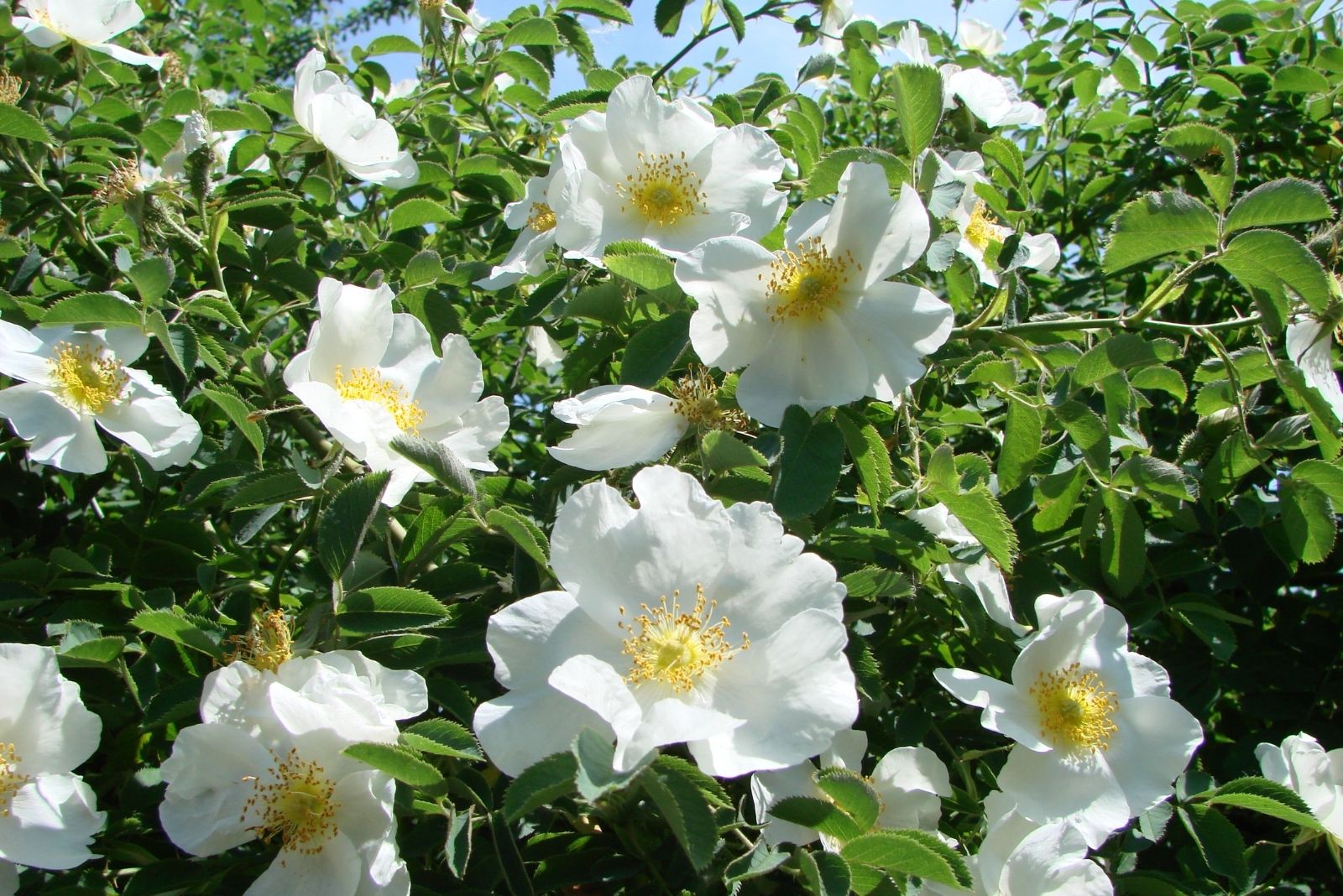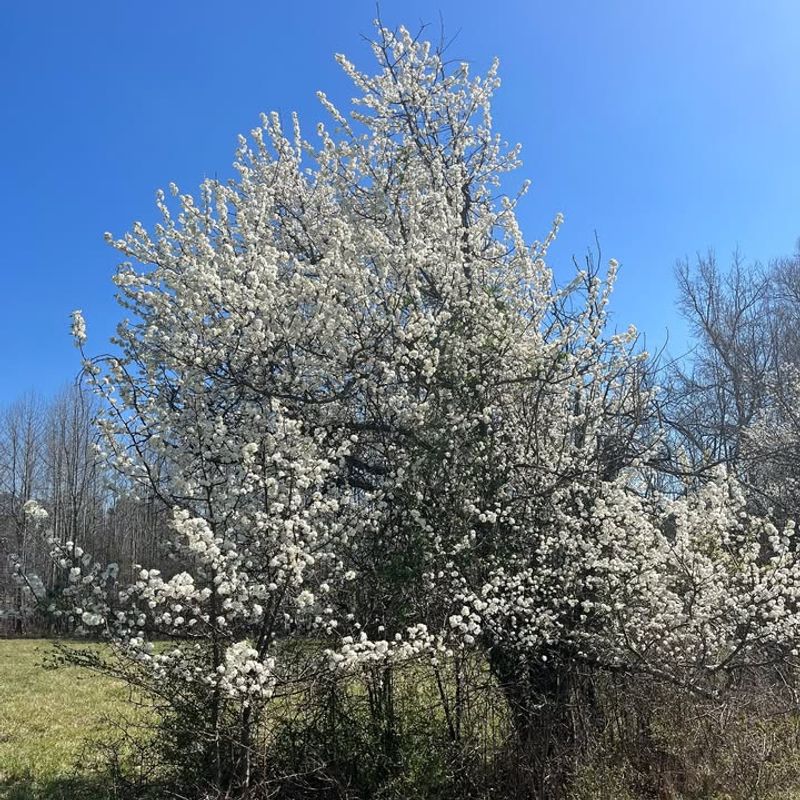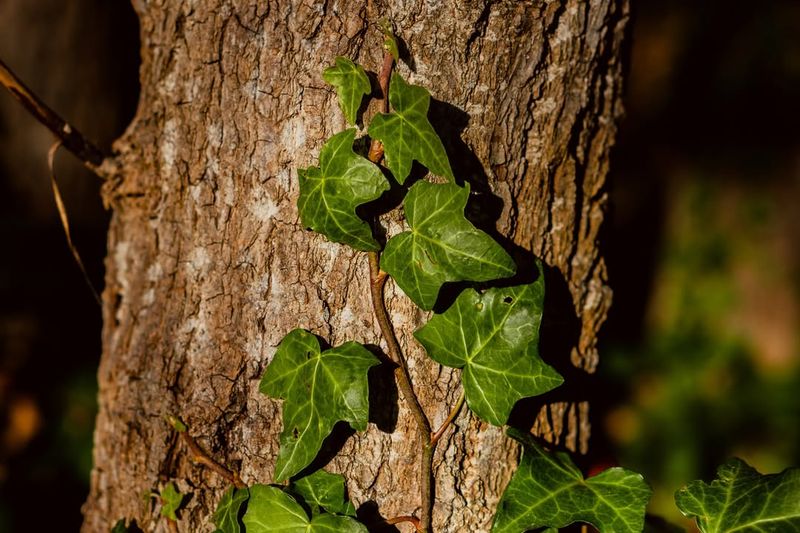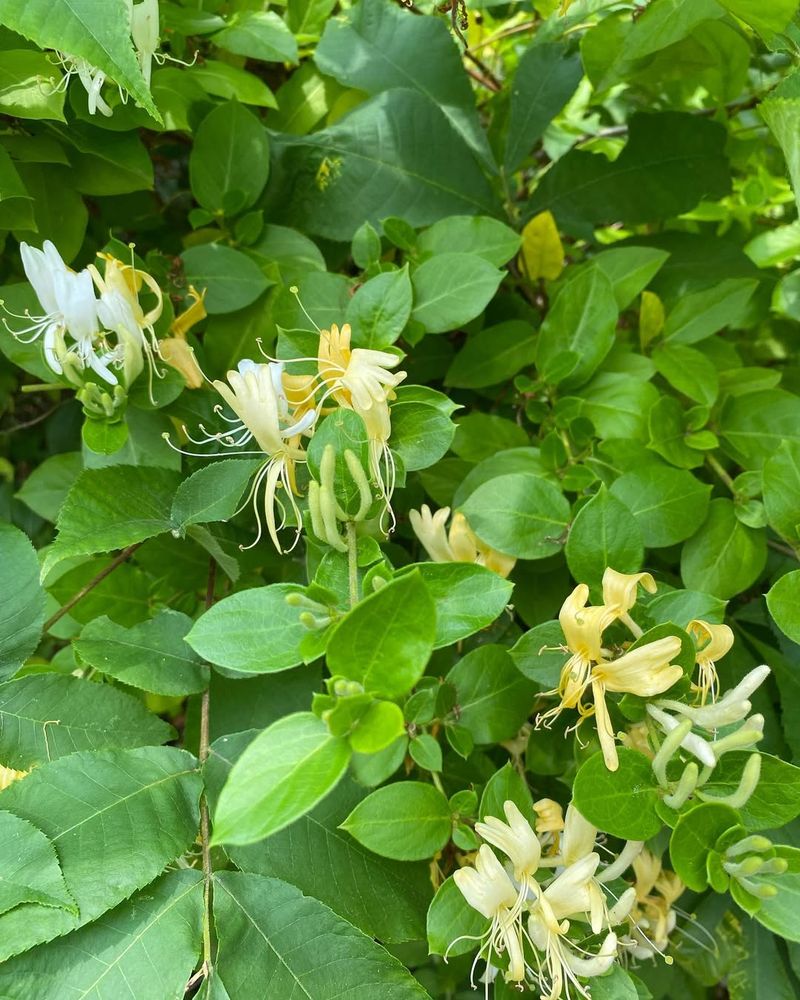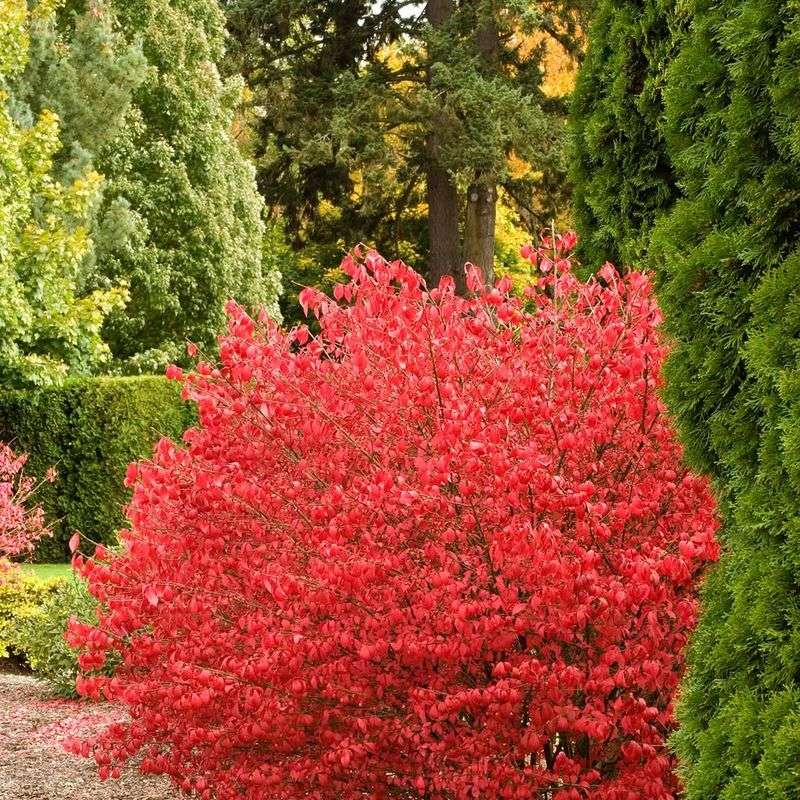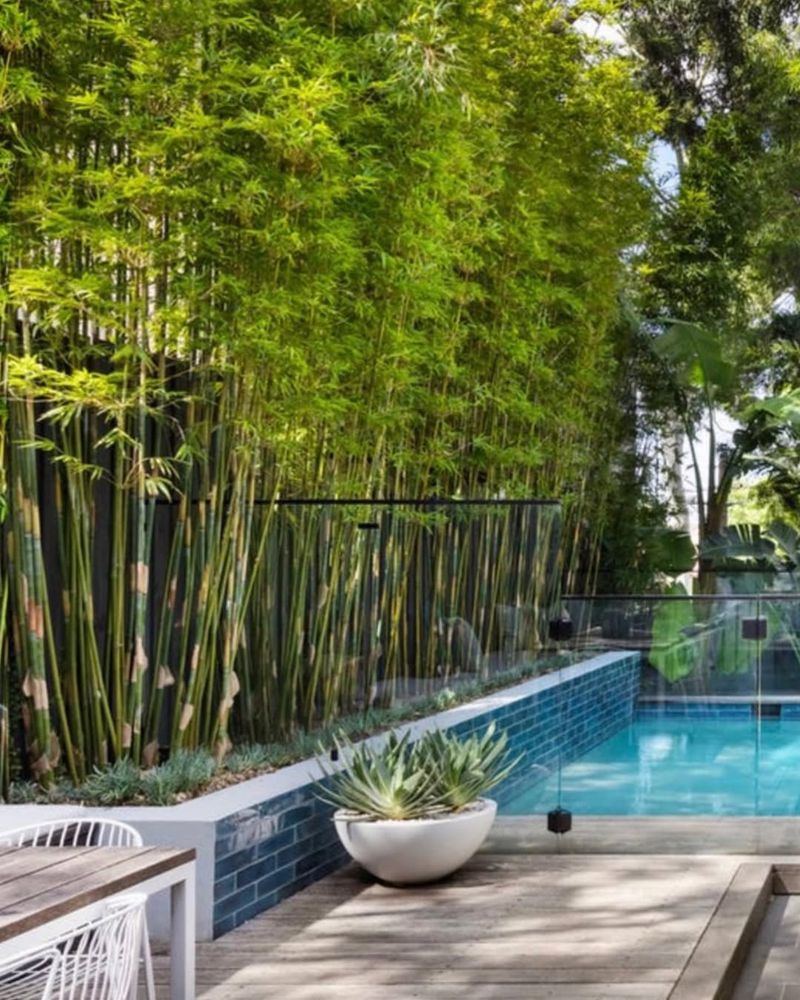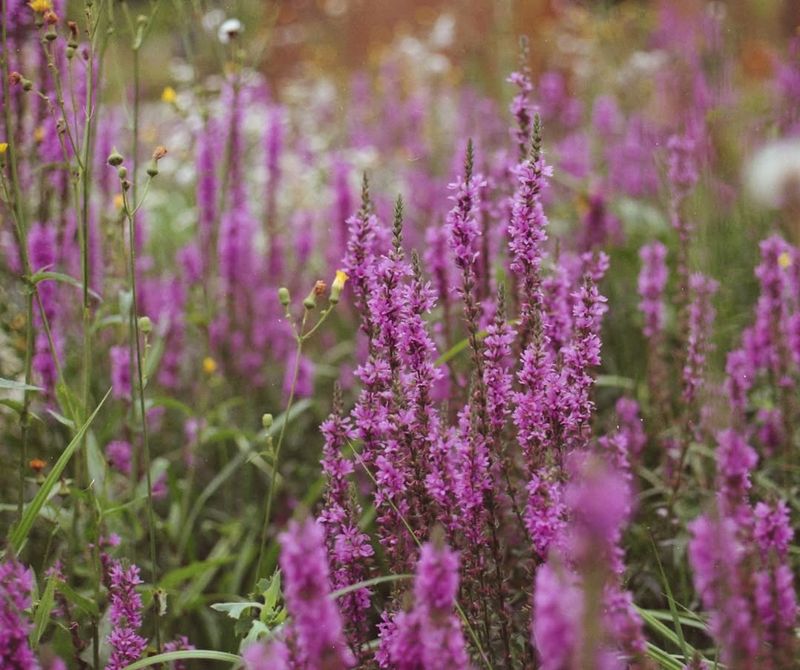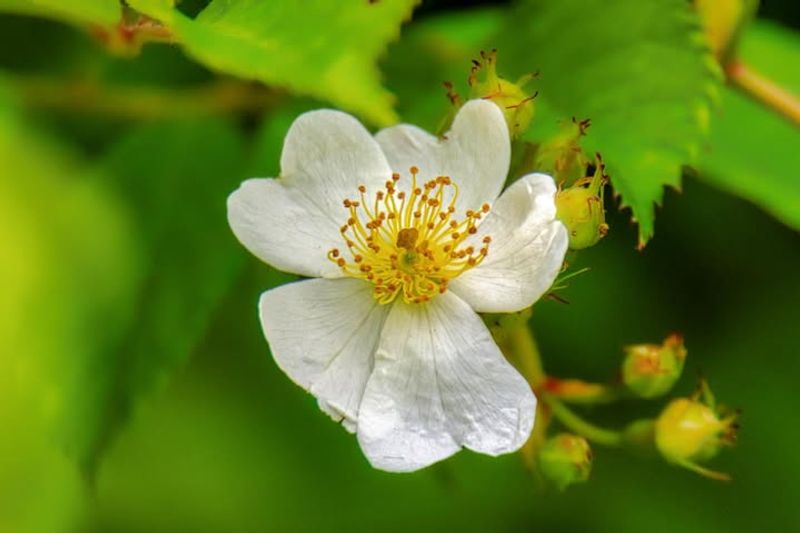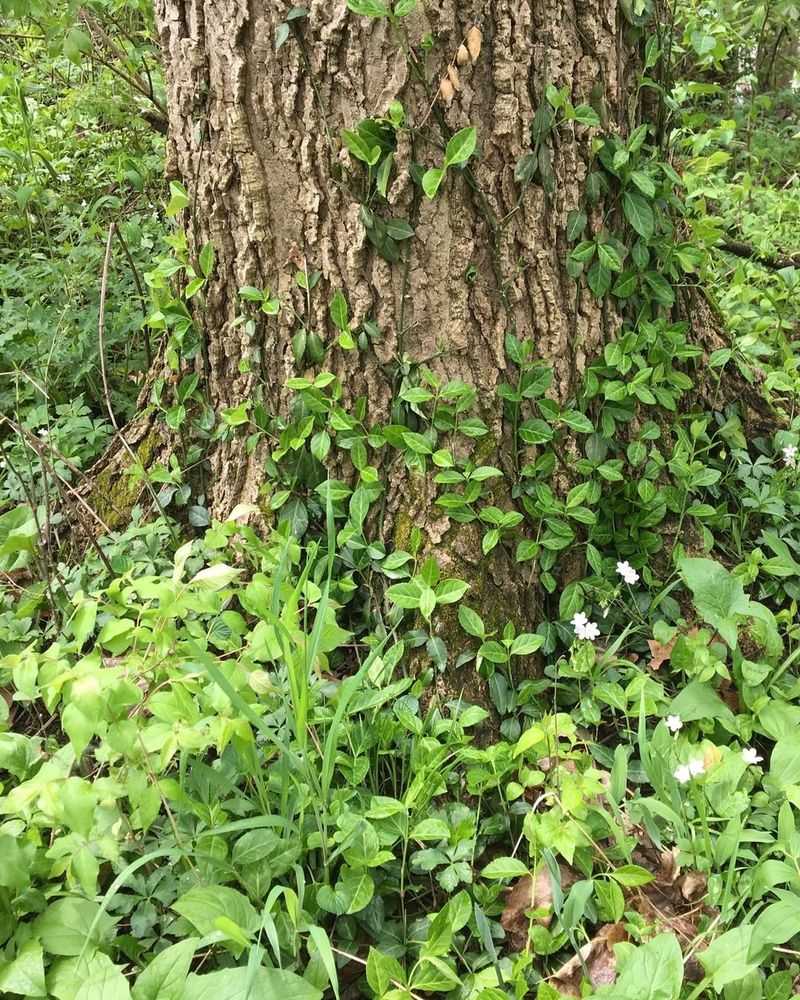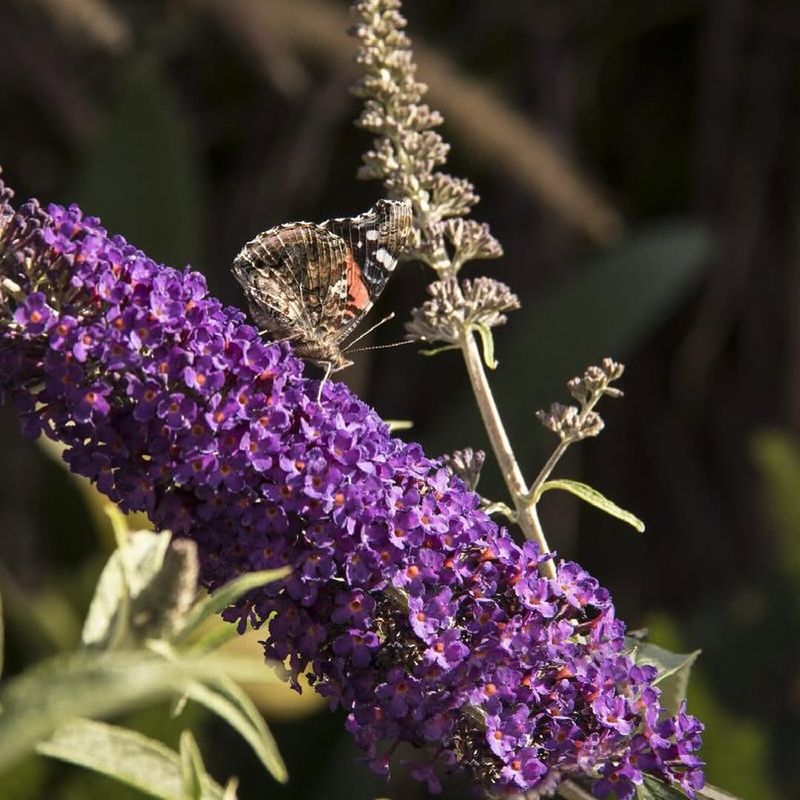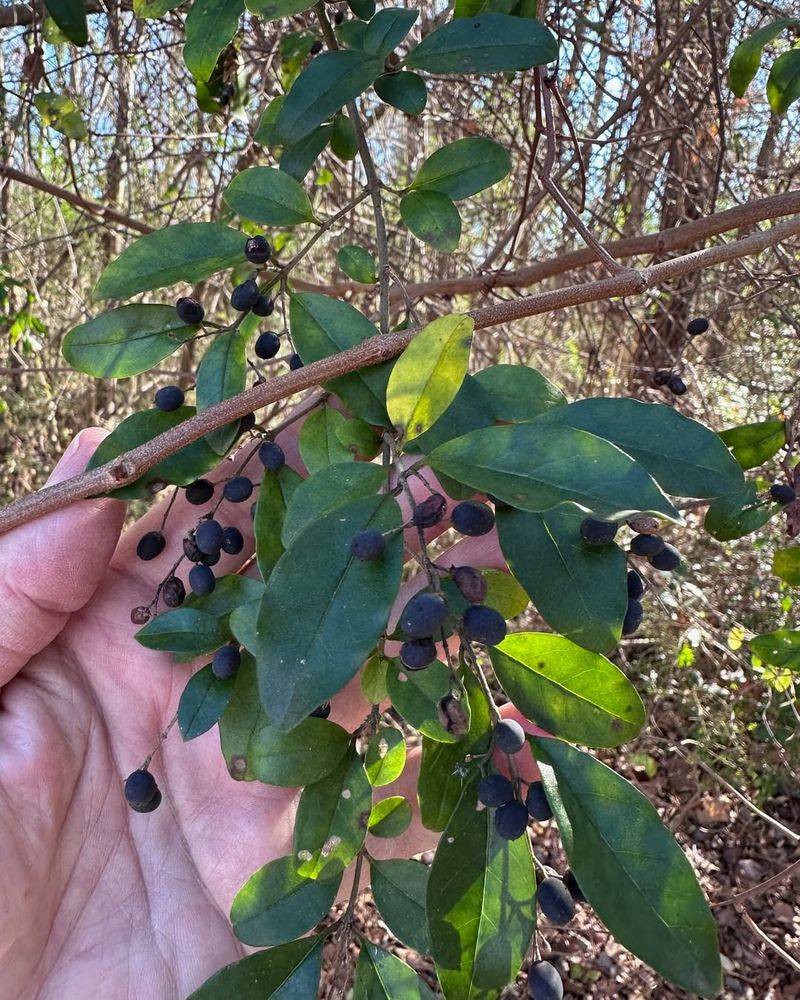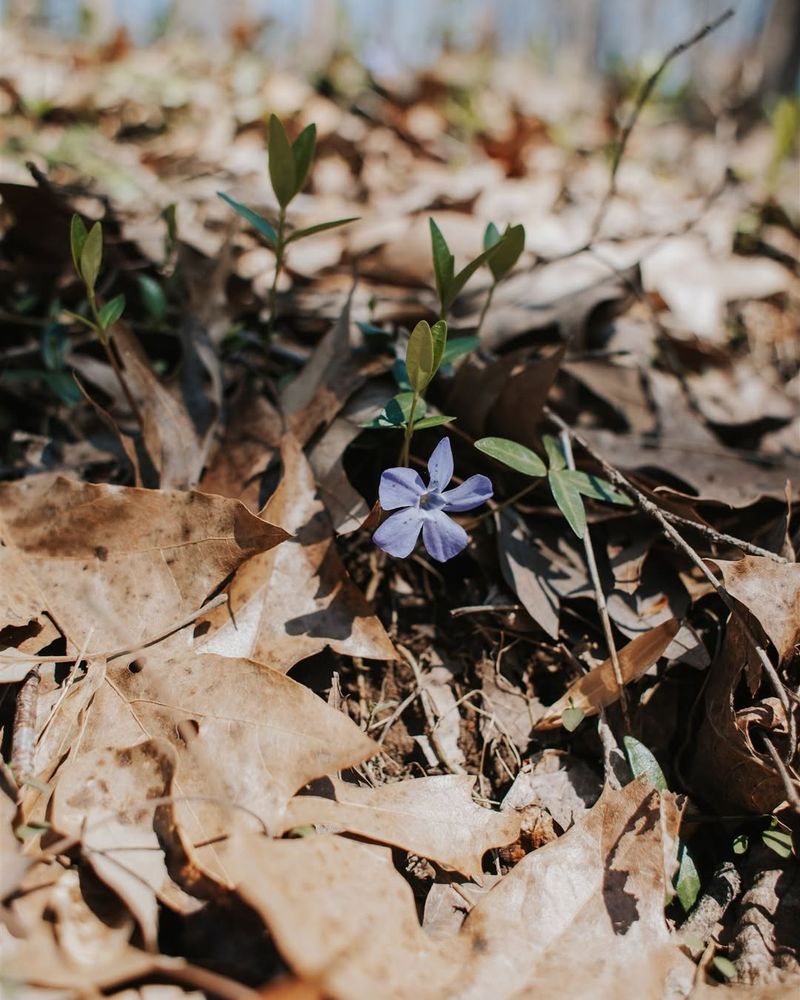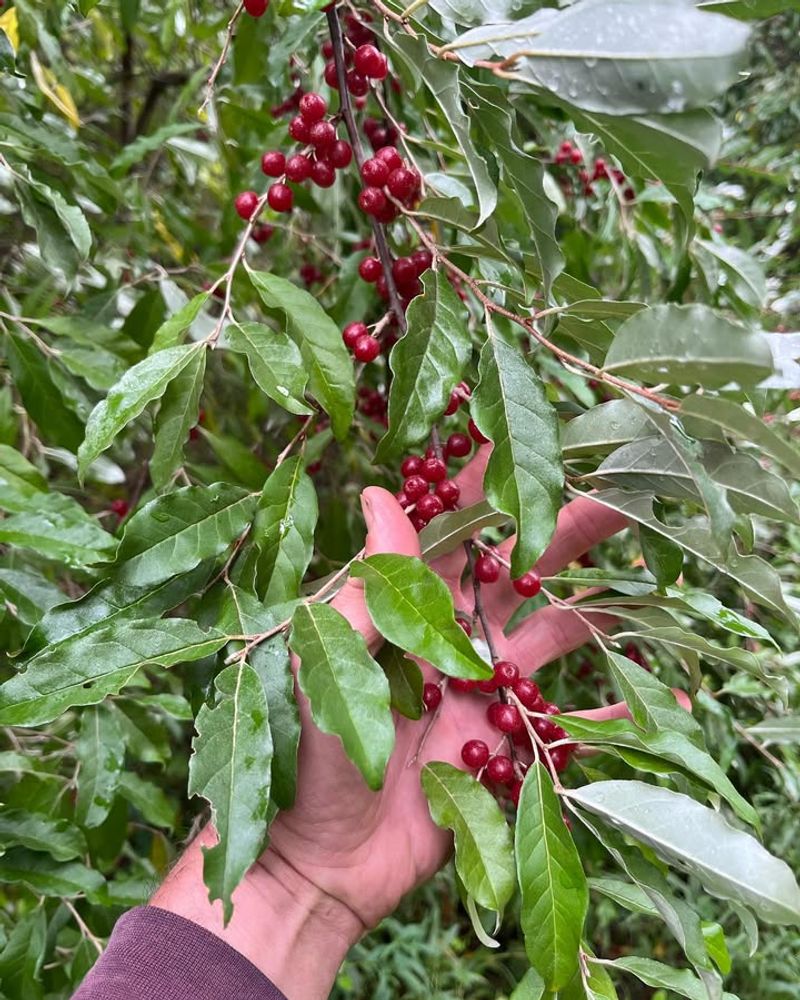Missouri gardeners might be surprised to learn that some of their favorite plants could soon face restrictions in suburban areas. Local environmental groups and government agencies are reviewing certain species that harm native ecosystems or spread too aggressively.
Understanding which plants are under scrutiny helps you make better choices for your yard and protect the natural beauty of Missouri’s landscape.
1. Bradford Pear
Spring in Missouri wouldn’t look the same without those clouds of white blooms, but this tree has become a real problem. Its branches break easily during storms, and the seeds spread into wild areas where they crowd out native trees.
I’ve seen entire fence rows taken over by Bradford pear seedlings in just a few years. Many Missouri towns are already discouraging new plantings.
Consider native alternatives like serviceberry or redbud instead. They offer beautiful flowers without the invasive habit.
2. English Ivy
Ground covers seem like a great solution for shady spots, but English ivy takes things too far. It climbs trees and smothers them, blocking sunlight and adding weight that can topple branches.
Once established, it forms thick mats that nothing else can grow through. Native wildflowers and insects that depend on them lose their habitat.
Missouri conservation experts recommend wild ginger or foamflower for shade instead. Both stay put and support local wildlife much better than ivy ever could.
3. Japanese Honeysuckle
That sweet fragrance on summer evenings might seem romantic, but Japanese honeysuckle is strangling Missouri’s woodlands. The vines grow incredibly fast and wrap around young trees, eventually killing them.
Birds eat the berries and spread seeds everywhere, creating new infestations far from the original planting. For me, it was shocking to see how much damage one vine could cause.
Native coral honeysuckle offers similar beauty with red tubular flowers that hummingbirds adore. It stays manageable and won’t take over your neighbor’s yard.
4. Burning Bush
Autumn color is spectacular on this shrub, which is exactly why so many Missouri gardeners planted it over the years. The problem is that birds carry the seeds into natural areas where burning bush outcompetes native plants.
It forms dense thickets that provide poor habitat for wildlife. State conservation officials have been warning about this one for a while now.
Sumac and Virginia sweetspire give you gorgeous fall color without the invasive tendencies. Both support native insects and birds much more effectively.
5. Bamboo
Privacy screens are popular in suburban yards, and bamboo grows fast enough to create one quickly. Unfortunately, most varieties spread through underground runners that ignore property lines completely.
I’ve noticed this one popping up in more and more yards around St. Louis, followed by neighbor disputes when it invades adjacent properties. Removing established bamboo requires serious effort and expense.
Native switchgrass or river birch clumps offer height and screening without the aggressive spreading. Your neighbors will thank you for choosing something more cooperative.
6. Purple Loosestrife
Wetland edges and pond banks look stunning covered in these magenta flower spikes, but purple loosestrife destroys crucial habitat. It crowds out cattails and other native plants that waterfowl and amphibians need for nesting.
A single plant produces millions of seeds that spread through water and on wildlife. Missouri’s remaining wetlands are too precious to risk.
Blue vervain and swamp milkweed are native alternatives that provide similar height and color. They also support monarch butterflies and other pollinators that purple loosestrife ignores.
7. Multiflora Rose
Farmers once planted this rose for erosion control and living fences, but it escaped cultivation decades ago. Now it forms impenetrable thickets that take over pastures and forest edges throughout Missouri.
The thorns are vicious, and the plant spreads both by seed and by stems that root where they touch ground. Wildlife agencies consider it one of the worst invasive species in the state.
Native roses like Carolina rose offer flowers and habitat without the aggressive growth. They stay manageable and provide better food for native insects.
8. Wintercreeper
Evergreen ground covers seem practical for year-round color, and wintercreeper stays green through Missouri winters. But it doesn’t stay where you plant it for long.
Like English ivy, it climbs trees and forms dense mats that exclude native plants. It’s already escaped from countless suburban yards into nearby conservation areas.
Native pachysandra or Christmas fern give you evergreen coverage without the invasive behavior. Both look attractive all year and support local ecosystems instead of harming them.
9. Butterfly Bush
The name sounds perfect for pollinator gardens, and butterflies do visit the flowers for nectar. However, butterfly bush doesn’t support the caterpillars that butterflies need to reproduce.
It also spreads aggressively in some Missouri areas, displacing native plants that actually feed caterpillars. For me, it was surprising to learn that something so common could end up restricted.
Joe-pye weed and ironweed are native plants that feed both adult butterflies and their larvae. They’re better investments for truly supporting butterfly populations in Missouri.
10. Chinese Privet
Hedges used to be planted with privet throughout Missouri suburbs because it tolerates pruning and grows quickly. Birds eat the berries and spread them into woodlands where privet forms dense understory thickets.
Native wildflowers disappear under the shade, and forest regeneration stops. State conservation officials are increasingly concerned about its spread.
American beautyberry or spicebush make excellent native hedge alternatives. Both produce berries that local birds prefer, and they support far more insect species than privet ever could.
11. Periwinkle
Those cheerful blue flowers and glossy evergreen leaves make periwinkle a popular choice for difficult shady areas. It spreads steadily through stems that root at every node, eventually forming thick mats.
Native spring wildflowers can’t compete with periwinkle’s dense growth. I’ve seen entire woodland edges in Missouri suburbs where nothing else survives beneath it.
Wild ginger and woodland phlox are native ground covers that bloom beautifully without dominating the landscape. They leave room for other plants and support local pollinators throughout the growing season.
12. Autumn Olive
Wildlife agencies once promoted this shrub for erosion control and wildlife food, but that recommendation was reversed years ago. Autumn olive spreads aggressively throughout Missouri, forming thickets that exclude native plants.
The berries are prolific, and birds distribute them widely. It fixes nitrogen in soil, which sounds beneficial but actually changes soil chemistry in ways that favor more invasive plants.
Native elderberry and American plum provide better wildlife food while staying manageable. Both support Missouri’s native insects and birds without disrupting natural plant communities.

